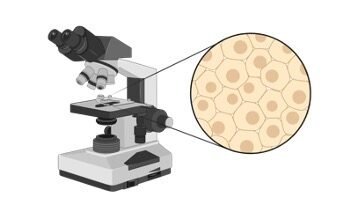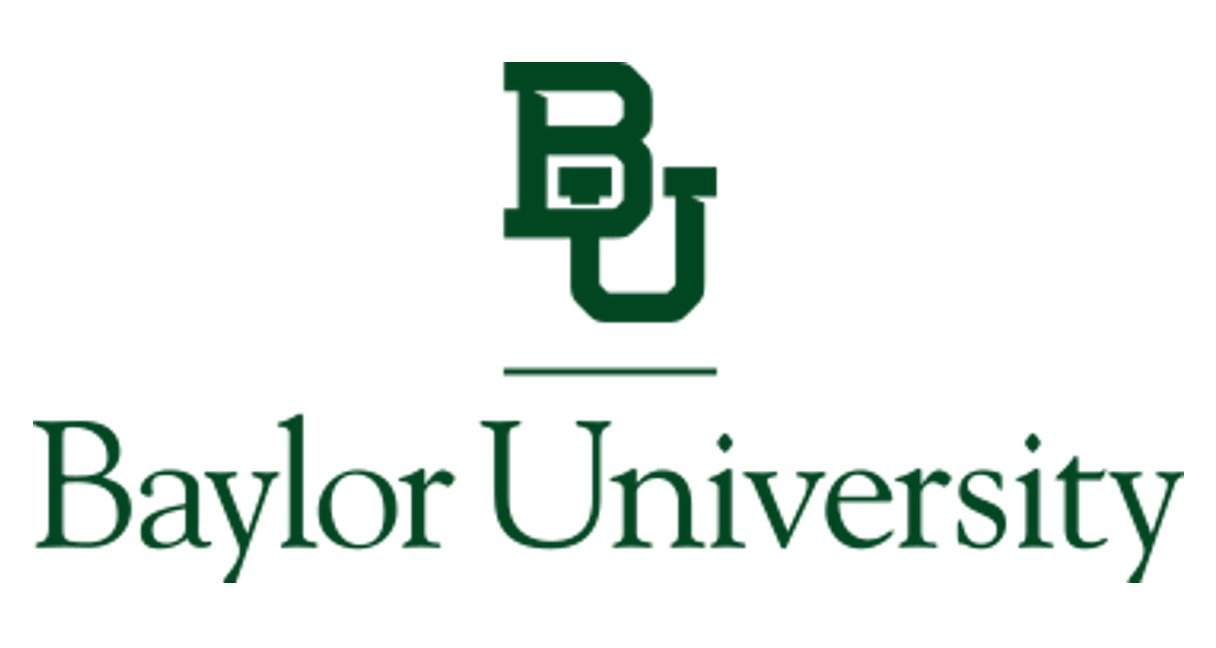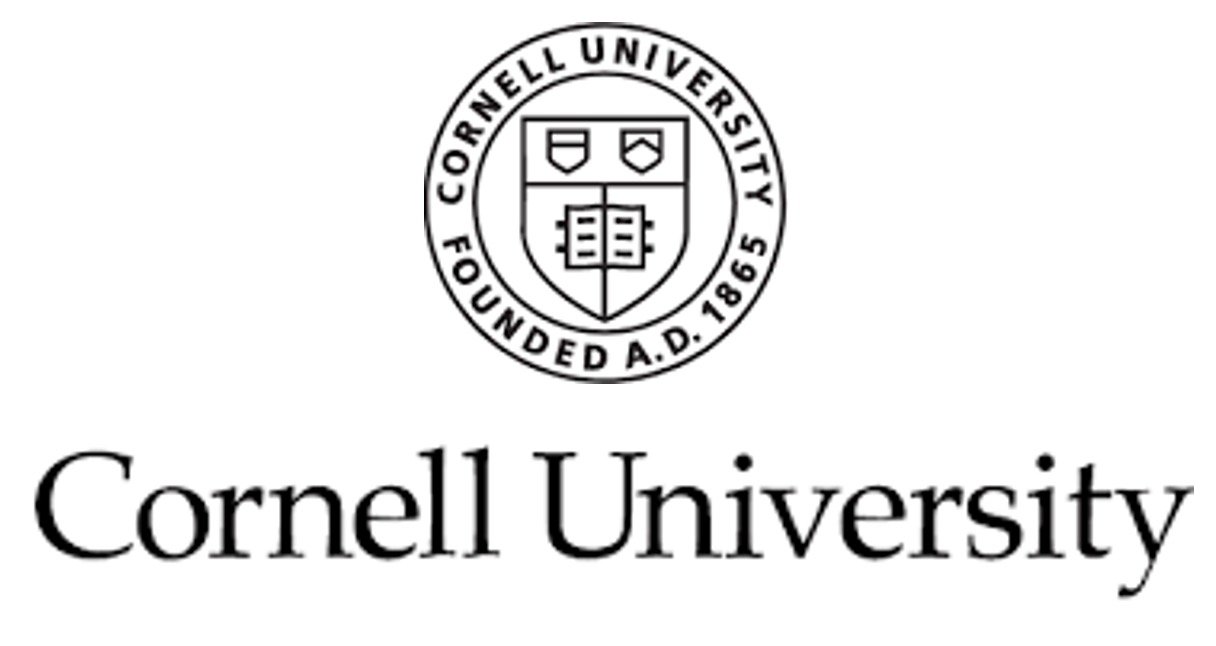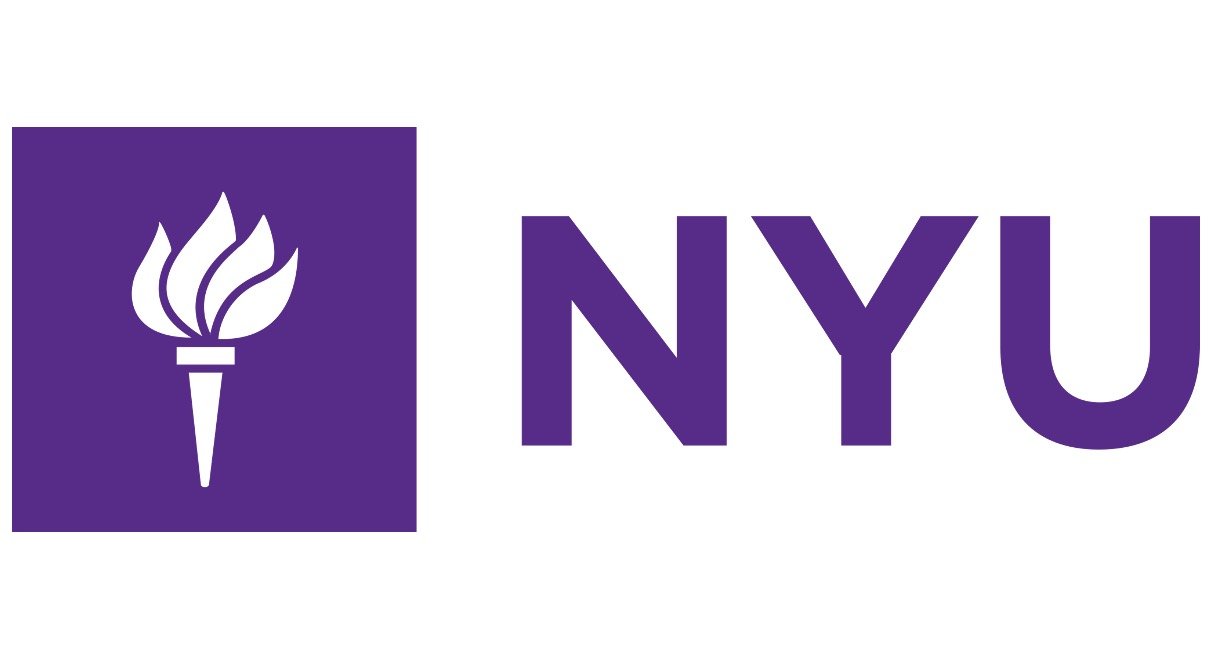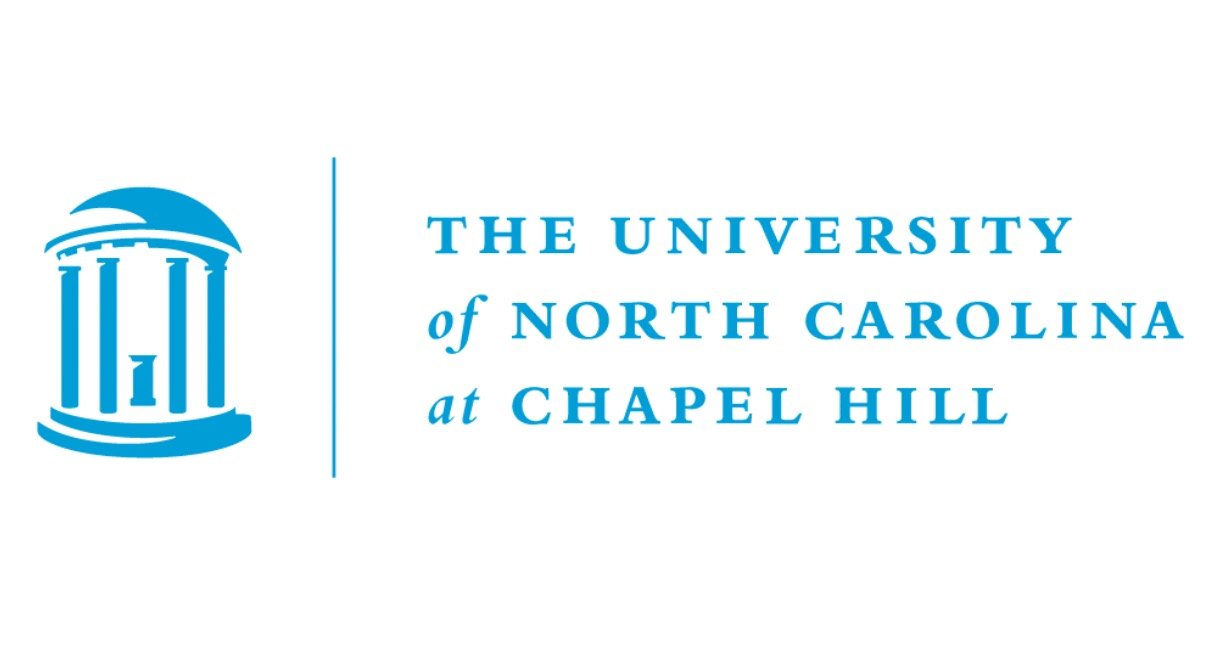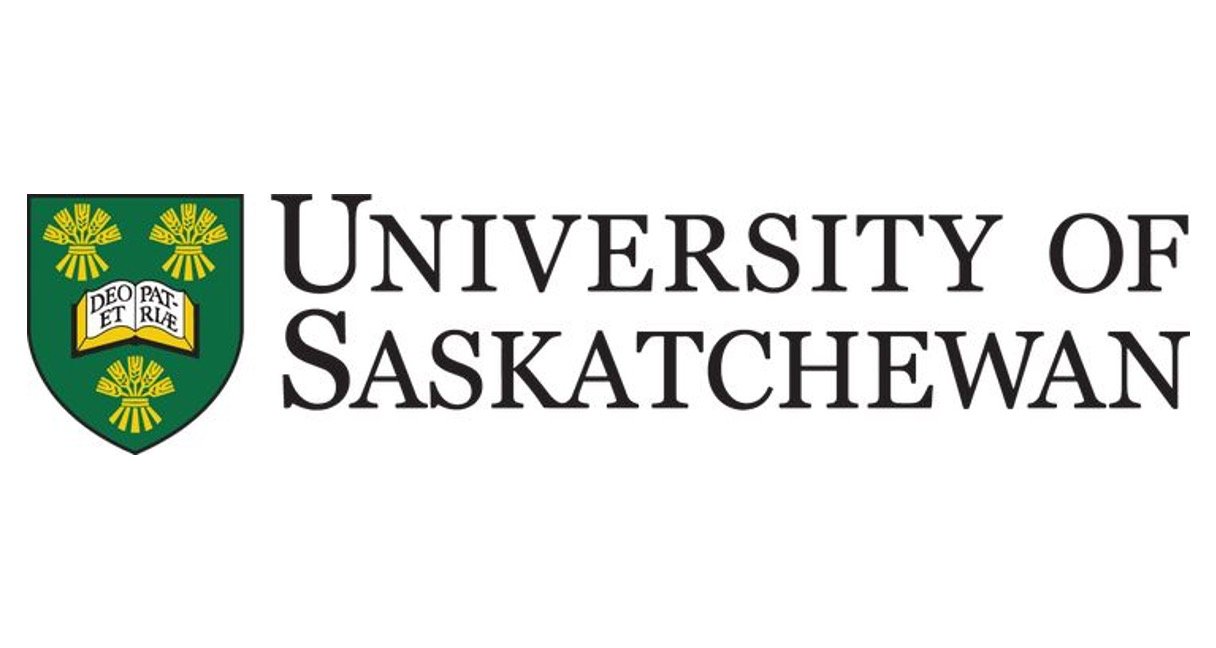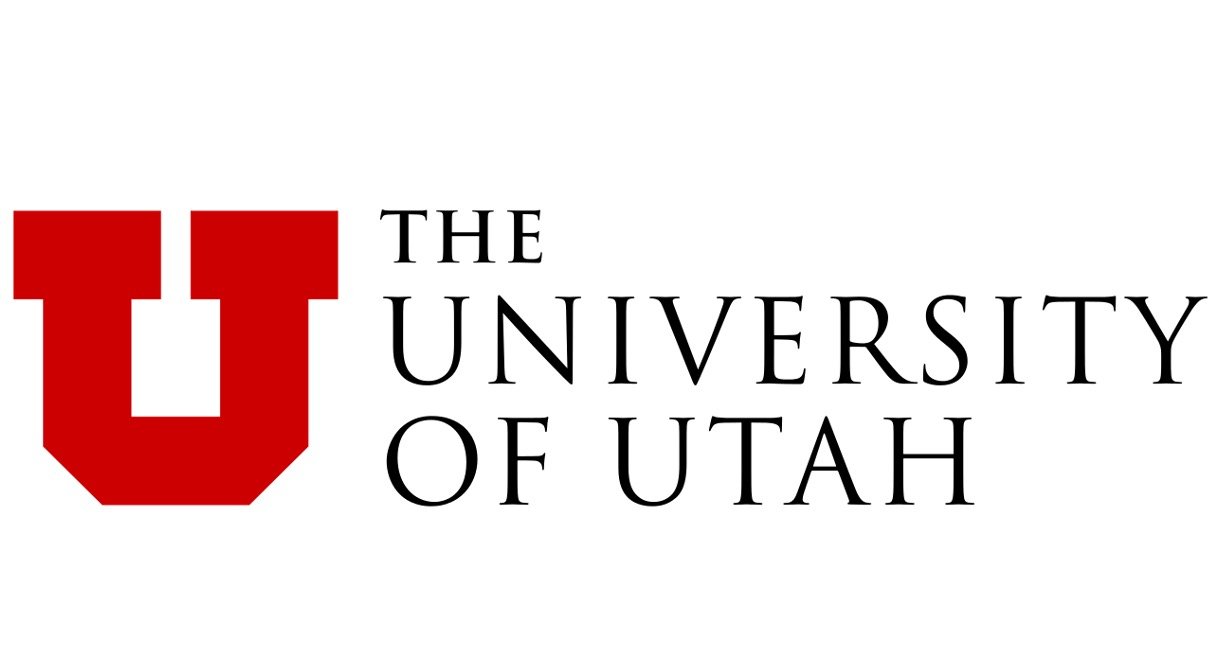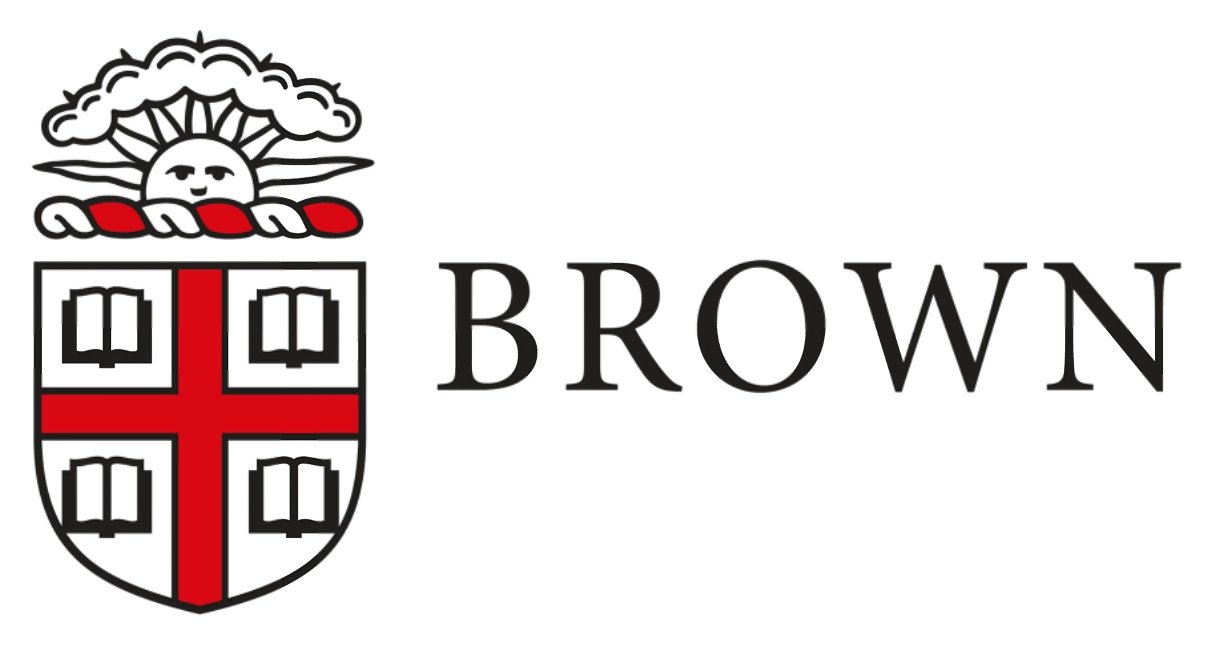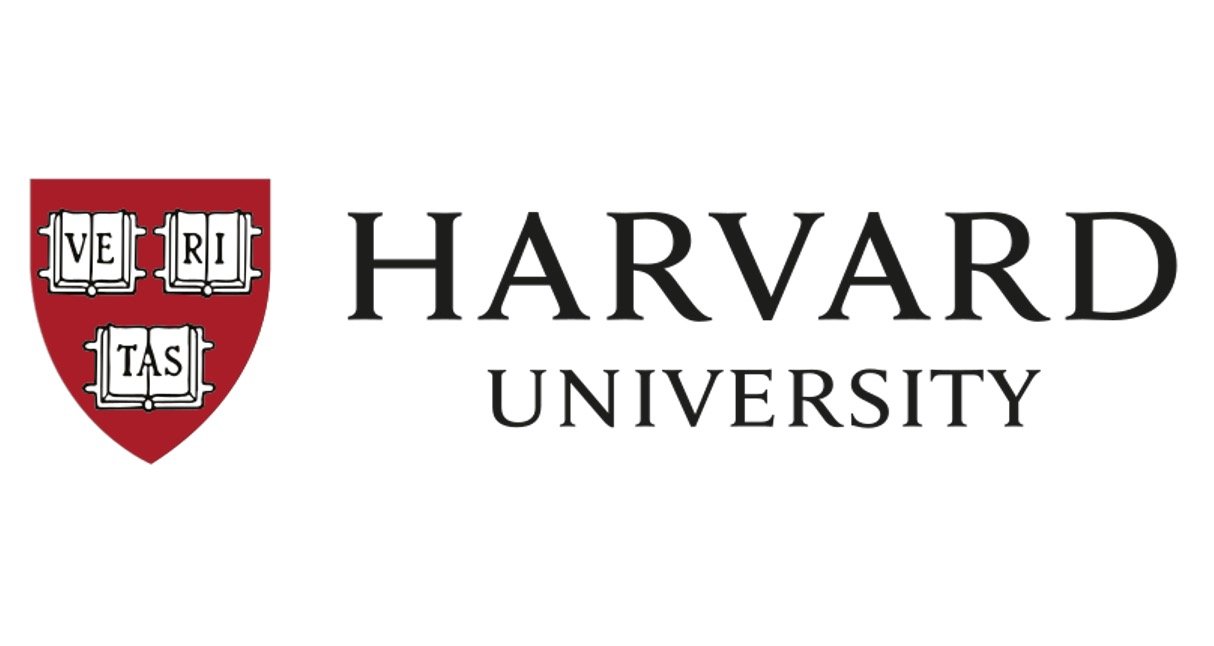Table of Contents
Protostome Definition
These organisms form a clade that exhibits protostomy during early development. They along with Xenacoelomorpha and Deuterostomes comprise the group Bilateria. The organisms constituting this group are bilaterally symmetrical and triploblastic.
What is Protostome?
In embryo development, two gametes—sperm and an egg—fuse to form a zygote. After a zygote forms by syngamy of the 2 gametes, it is divided into 2 poles by an axis. The bottom pole forms the vegetal pole, while the to pole forms the animal pole.
The zygote divides repeatedly by cleavage to form a mass of blastomere cells called a morula. The pattern of cleavage is what distinguishes protostome and deuterostome.
Protostomes exhibit spiral cleavage wherein the cleavage occurs long angle resulting in spirally arranged blastomeres. The arrangement of cells changes such that blastoderm, a layer of cells envelope blastocoel that is a yolk or fluid-filled cavity and this forms a blastula.
Gastrulation starts at this stage leading to the formation of 3 germ layers. These 3 germ embryonic cells in a triploblastic organism give rise to all the organs and tissues. The development of blastopore starts the process of gastrulation.
The blastopore cells start migrating inwards to create an inner tube that will later develop into an endoderm that gives rise to the GI tract and digestive system. The outer layer ectoderm forms the nervous system and the epidermis.
The layer between these 2 layers is known as mesoderm and it gives rise to muscles and connective tissue. Another significant distinguishing feature that sets apart protosomes from deuterostomes is the purpose of the blastopore. In the case of protosomes, the blastopore will develop into the mouth while in deuterostome it develops into the anus.
In protostome the cavity opposite to the blastopore develops into the anus. The name Protostome is derived from the Greek words proto and stoma that means that the mouth develops first.
Types of Protostomes
Two taxonomic groups come under Protostomes:
Lophotrocozoa: This group includes organisms that grow by extending the skeleton size as in mollusks that add calcium carbonate to the edge of their shells to grow larger.
Brachiopods, mollusks, annelid worms, rotifers, bryozoa, and Platyhelminthes comprise this group. Examples of this group include squid, leeches, earthworms, and bivalve mollusks.
Ecdysozoa: This group comprises the nematodes, arthropods, and tardigrades. They possess a 3-layered cuticle, that has a soft interior and an exoskeleton which is the hard exterior.
They periodically shed and re-grow their exoskeleton to grow via the process of ecdysis. They unlike other protostomes do not undergo spiral cleavage during embryonic development. Examples of ecdysozoans include crustaceans, insects, roundworms, spiders, etc.
Protostome Body Plans
These triploblastic and bilaterally symmetric organisms can have 3 different body plans:
i. Worm-like: These types of protostomes are characterized by a cavity inside their body that is well developed and is known as coelom that helps in the circulation of body fluids and functions like a hydrostatic skeleton that employs fluid pressure for movements.
Based on their feeding system they can be further classified:
a. Spoon worms or Echiura utilize a structure known as proboscis to acquire and move food. They are present in front of the mouth region and trap food and then using cilia move it to the mouth region.
b. Penis worms or Pripulida are characterized by the presence of a toothed throat that can be extended inside out to capture the prey and once the prey is captured they retract its back for consumption.
c. Ribbon worms or Nemertea employ proboscis that is present inside the body above the gut. The proboscis has a barbed tip and it is extended to capture prey by entangling it or by using venom.
ii. Arthropod Body Plans: Arthropods have segmented bodies that have 3 parts that include head, thorax, and abdomen. They comprise crustaceans, all insects, myriapods, and arachnids. They also have jointed appendages and are the most abundant taxonomic group.
They are named after the presence of jointed limbs and have a chitinous exoskeleton that also contains sclerotin proteins that harden them. The muscles are attached directly to the exoskeleton for movement. The coelom is reduced and is involved in providing space for organs and the circulation of fluids.
iii. Mollusk Body Plan: These marine groups comprises Chitons, Bivalves, Gastropods, and Cephalopods. Their body plan has 3 major parts:
a. The foot: this is responsible for movement and is constitutes a large muscle at the base of the animal.
b. The visceral mass: it contains external gills and internal organs. Thye help foot in movement.
c. The mantle: forms the layer that envelops visceral mass and secretes calcium carbonate to form shells.
Protostome Citations
- Evolutionary convergence of higher brain centers spanning the protostome-deuterostome boundary. Brain Behav Evol . 2008;72(2):106-22.
- Body-plan evolution in the Bilateria: early antero-posterior patterning and the deuterostome-protostome dichotomy. Curr Opin Genet Dev . 2000 Aug;10(4):434-42.
- Calcium signaling and endoplasmic reticulum dynamics during fertilization in marine protostome worms belonging to the phylum Nemertea. Biochem Biophys Res Commun . 2014 Aug 1;450(3):1182-7.
Share

